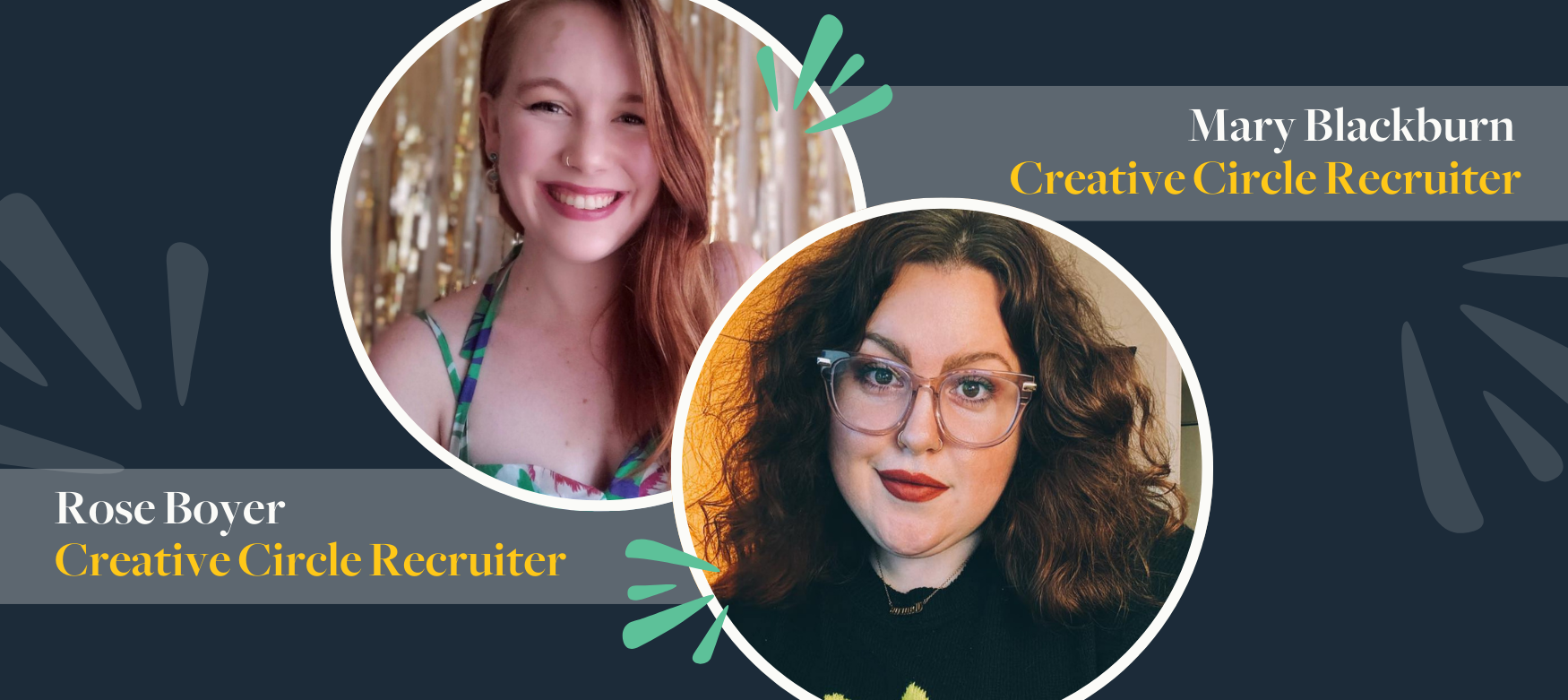If you’ve ever taken a look at an ad agency personnel list of titles, you may wonder, “What does any company need with 20 vice presidents?”
Here’s a brief guide to decoding agency creative titles, what they mean, and how much (and what kind of) experience they typically require. Rising to the top of the food chain isn’t simply about putting in your time and winning awards: each rung on the ladder requires a unique skillset. And, rather counter-intuitively, the higher you rise, the less time you’ll actually spend doing creative work. Read on to figure out which rung you want to aim for.
Junior Copywriter/Art Director
Junior creatives usually have between 1 – 3 years of experience. Many junior art directors start out as production artists and then graphic designers before they get the title of art director; though occasionally, if you’ve come from a portfolio school and you have great work and student awards, you may be able to skip ahead. However, copywriters don’t usually start as proofreaders or copyeditors, as those are almost entirely different career paths.
Junior creatives are above interns, but might not be getting the juicy assignments yet. At this point, junior creatives are carrying out creative direction from people above them: they’re told what the creative concept is and asked to execute smaller projects based on that vision. They usually have minimal client interaction.
Copywriter/Art Director
These people typically have between 3 – 5 years of experience. Since they’ve worked for a while and paid their dues, they’re participating in the more high-profile work including concept development and broadcast, and may even be involved in client presentations. At this point in your career, you will start being asked to share strategic insight.
Senior Copywriter/Art Director
The usual amount of experience for this position is 5 – 7 years. This is the stage where you’ll really be able to leave an imprint on a brand by sharing your strategic vision, contributing to the development of creative briefs, and having a greater say over how the creative work gets brought to life. You will also mentor the junior creatives, and you may be asked to delegate assignments and schedule work in your department.
Associate Creative Director (ACD), art/copy
Moving up to Associate Creative Director is when you start to leave the day-to-day creative work behind. Instead, you’ll focus more on working with clients as well as Account and Strategic Planning to oversee and drive business for a brand. ACDs usually (but not always) work on a few brands at the same time. They are also involved in pitches and new business presentations. ACDs are usually expected to have between 7 – 10 years of experience, but there are plenty of wunderkinds out there who make it into this position with as few as 4 years in the business.
Creative Director (CD)
This is one of the big jumps that requires not only talent and tenure, but true leadership and people skills. In addition to overseeing all of the creative, Creative Directors are tasked with operational duties, such as budgeting and planning creative resources. They also may need to help the agency achieve financial milestones. At this point, you won’t have a lot of day-to-day creative responsibilities (i.e., you’re probably not writing or designing much), but your creative imprint will be huge. A good Creative Director is equally knowledgeable about art and copy, as well as all the technical aspects of bringing the work to life.
Executive Creative Director (ECD)
Responsibilities vary from agency to agency, but the job of the Executive Creative Director is to solve business problems for both the agency and its clients. On the agency side, this means helping to shape the agency’s public persona or profile—for example, think about how creatives like Alex Bogusky, Lee Clow, and David Droga have defined their agencies. ECDs also determine how the agency presents itself through marketing and partnerships or alliances, and help decide which clients to court, which can shape the agency in a profound way. Often, ECDs are brought on as an agency partner, meaning they have a financial stake in the agency.
Now, about those Vice President titles…
A lot, but not all, people who make it to ACD levels and above also get Vice President pinned onto their titles. It does not mean they get to run the agency if something happens to the president. Often, this title is given out in lieu of a big raise – which may seem like a backhanded compliment, but it’s assumed that creatives move around often, so they’ll be able to cash in when they get to their next agency. It’s also a way for an agency to give the client confidence, like, “Hey, we have our A-Team working on your account!”
Even though there definitely is a hierarchy, you don’t need to keep climbing it to have a successful and enjoyable career. I know senior copywriters who do their job well, win awards, and rule at presentations, but have no desire to move up to new titles because they just don’t enjoy all of the client management duties. And generally, as you move up the ladder, it’s expected that you’ll commit more of your life to your job, so there’s also that to consider.
Whether you want to eventually have your name on the building, or you simply want to do fun work and get paid well, the best advice is to focus on being your best at the job you already have. People will notice, and you’ll get opportunities to either move up or keep doing more of what you love.
Lisa is a seasoned advertising copywriter who lives in Los Angeles. Her background includes both in-house and agency work on Fortune 500 and global accounts in the consumer and healthcare/pharmaceutical fields. She excels at words, fashion, and cats. If you want to work with Lisa, contact Creative Circle Los Angeles.




